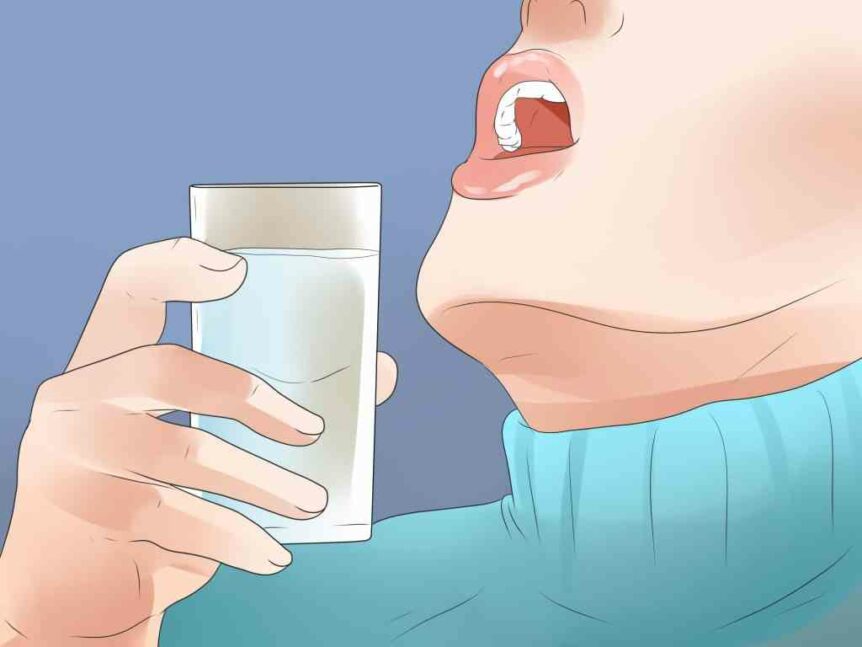You’ve got lots of choices if you’re looking for a way to freshen your breath. But if you want to do something healthy for your teeth and gums too, try and make mouth rinsing part of your daily routine.”Today mouthwashes are not just perfumes for the breath,” says Mark Wolff, DDS, PhD, chair of cariology and comprehensive care at New York University College of Dentistry. “They can also help reduce gingivitis [gum disease], tooth decay, tartar and plaque, and they can whiten.”
Do I Need to Rinse?
Mouthwash is not a substitute for brushing and flossing. But if you have trouble doing those correctly, rinsing can aid in keeping your teeth and gums healthy. Fluoride rinses help prevent tooth decay.
“Mouthwashes, when added to a good home care regimen of brushing and flossing, can target a condition that you are facing,” Wolff says. “You don’t swish for 2 minutes with a whitening mouthwash and suddenly have white teeth. But if you brush well and keep the plaque off of them and use that mouthwash as part of the package, you do get whiter teeth.”
A mouth rinse won’t cure serious problems, though. If you have regular bleeding of your gums or consistently bad breath, for example, make sure to see your dentist. They might prescribe a mouthwash that’s stronger than the kind you buy over the counter.
Mouthwash Ingredients
Read the labels carefully on over-the-counter types. Ingredients — and the benefits they provide — vary by brand.
They usually include one or more of these:
Fluoride. It helps reduce tooth decay and prevent cavities.
Antimicrobials. They kill the bacteria that cause certain dental issues.
Astringent salt. It’s a type of deodorizer that can temporarily cover up bad breath.
Odour neutralizers. They can attack the cause of bad breath.
Whiteners, such as peroxide. They can help against stains on your teeth.
How Do I Choose a Mouthwash?
It’s sometimes hard to find one product that ticks all the boxes. “Select a mouthwash based on the largest condition that you need to treat,” Wolff says.
What’s the Best Technique for Mouth Rinsing?
Each product has its own instructions, but here are some tips:
When should I swish with mouthwash? It doesn’t matter if you do it before you brush and floss or after.
How long should I swish? Do it for 30 to 60 seconds. Less than half a minute probably won’t do much. And more than a minute is more than enough.
When will I see results? Be patient. If your mouthwash promises to whiten teeth or help against bleeding gums, it might take a few weeks to deliver.
Sources
Mark Wolff, DDS, PhD, Chair of Cariology and Comprehensive Care, New York University School of Dentistry.
Judith A. Jones, DDS, MPH, DScD, professor, director, Center for Clinical Research,
Boston University Henry M. Goldman School of Dental Medicine.
American Dental Association: “Learn more about mouthrinses.”

